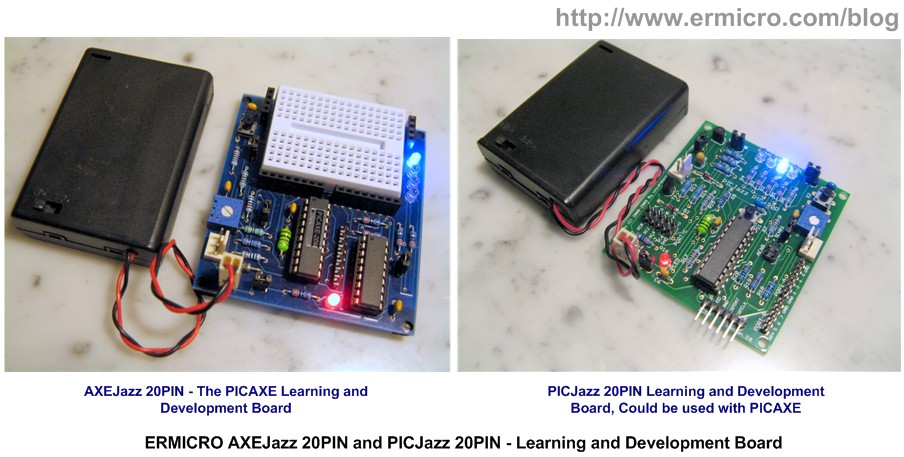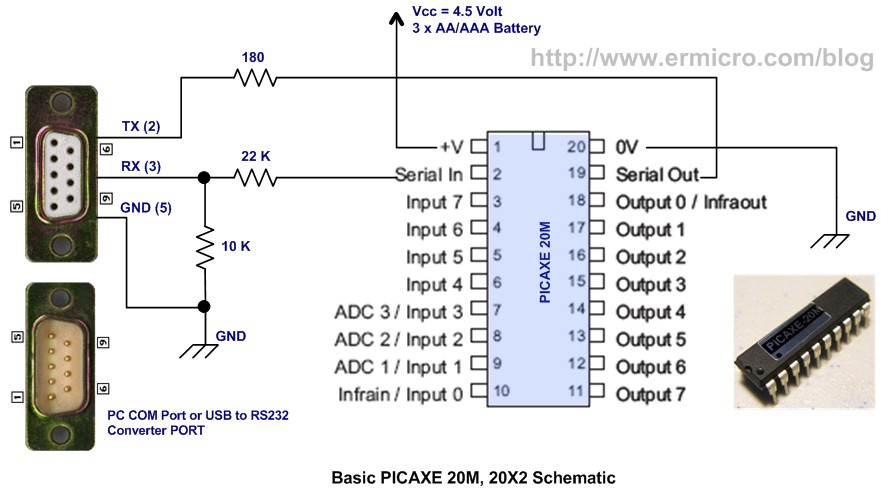These days we are living and surrounding by many tiny computers called embedded products. Unlike the general purpose desktop computer that we use for browsing or typing our email, this tiny computer is designed to do only a limited specific task. We could easily found this embedded product just about anywhere such as home appliance (e.g. washing machine, refrigerator, microwave oven, TV/DVD), personal gadget (e.g. cell phone, MP3 players, digital camera), car (e.g. anti lock brake system, GPS navigation, alarm) and many more. The tremendous use of the embedded products in our daily life make the embedded system become one of the most important and interest subject to be learned.
Now come to the most asked question “How do I start it?” Actually when we learn the embedded system; we learn two things at the same time, the first one is the hardware which usually a microcontroller and the second one is the software to program the microcontroller to perform the desire task. Therefore most of the microcontroller manufacture already provides this learning tool all in one package (starter kits) to introduce their product to the microcontroller newcomer. Unfortunately most of this learning tool is aimed for the people that already have an adequate knowledge both in hardware and programming language.
Considering this need, many companies and the open source community start to offer their own embedded system development framework version, where this framework mostly aim for student, hobbyist and even to the professional.
Among these embedded system learning and development framework I found that the PICAXE from Revolution Education Ltd in UK (http://www.rev-ed.co.uk/picaxe) is one of the best in terms of price and ease to be used. Equipped with the free sophisticated PICAXE Programming Editor to program, debug, simulate and download the code to the PICAXE microcontroller; therefore this makes the PICAXE framework is a perfect choice for the embedded system newcomer.
The PICAXE Microcontroller
Unlike the other BASIC interpreter framework mention above which use the EEPROM to store the program, the PICAXE is a stand alone microcontroller solution, where both of program and the BASIC interpreter firmware is stored in the PIC microcontroller own memory (FLASH and/or EEPROM). Therefore the PICAXE only required a very view external electronic component in order to make it work.
In fact you could drop the 180 ohm resistor (connect pin 19 directly to TX) shown on the above schematic, which left only two resistors (22K and 10K) to make this PICAXE microcontroller a fully function embedded learning system. Connecting the RS232 DB-9 female connector to your computer COM port or USB to RS232 converter and you are ready to program this PICAXE microcontroller.
For more detail: Introduction to the Embedded System with PICAXE Microcontroller
